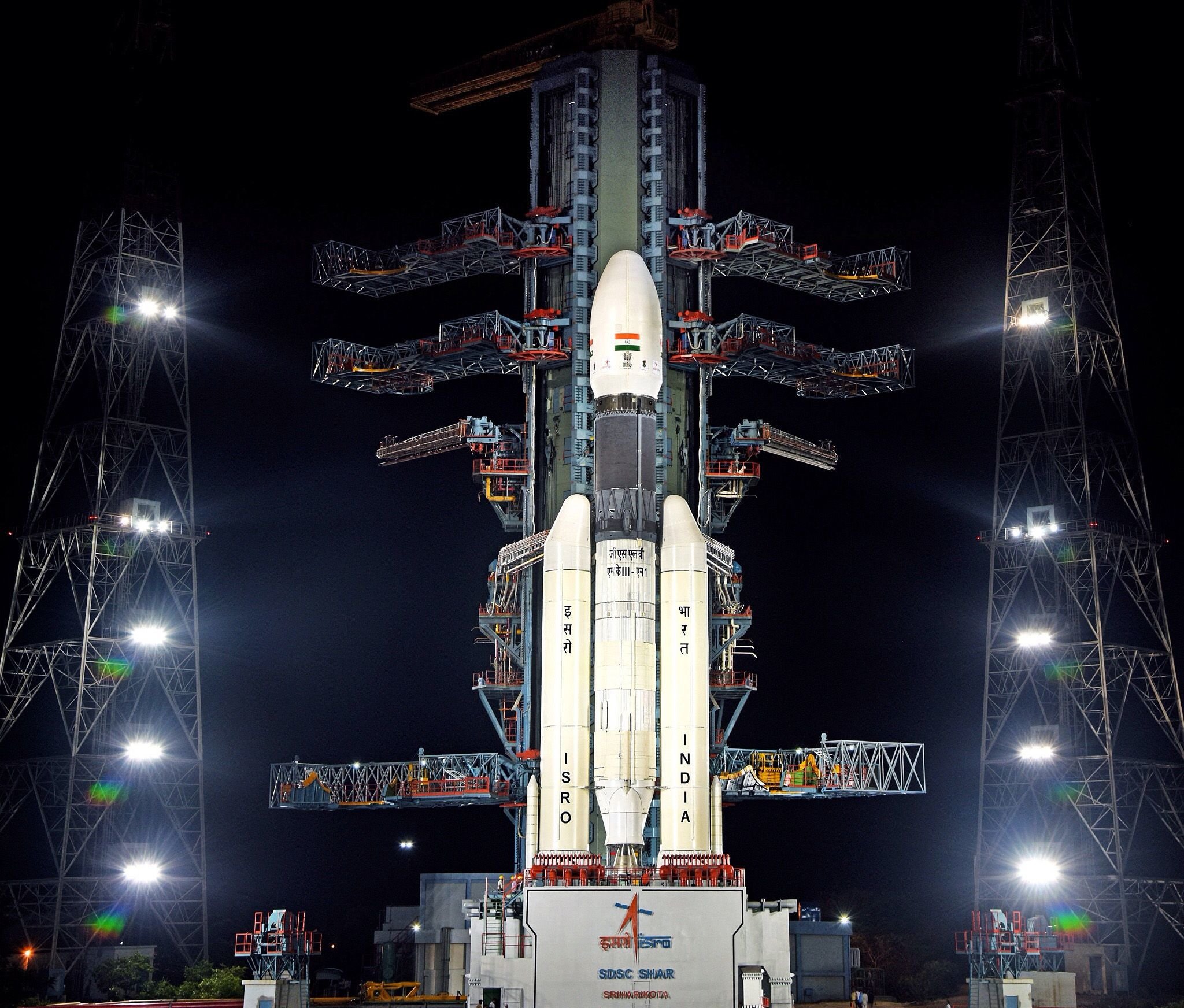On Saturday night, August 6, India’s brand-new rocket successfully launched for the first time, but due to a sensor problem, it was unable to place its satellite payloads into the desired orbit.
Two satellites were carried by the 112-foot-tall (34-meter) Small Satellite Launch Vehicle (SSLV), which launched on Saturday at 11:48 p.m. EDT from the Satish Dhawan Space Centre on the southern coast of India.
What Went Wrong?
The fourth and final stage of the rocket—a liquid-fueled “velocity trimming module” (VTM)—had problems. Indian Space Research Organisation (ISRO) officials reported a loss of data from the rocket, and less than five hours after launch, ISRO declared the mission a failure. The rocket’s three solid-fueled stages had performed well.
The rocket left the satellites in an orbit that varied in distance from 221 miles to as near to 47 miles from Earth instead of putting them in a circular orbit 356 kilometers (221 miles) overhead (76 km). In a video, ISRO Chairman S. Somanath stated that the satellites’ orbit was unstable and that they had “already fallen down and are not usable.”
(1/2) SSLV-D1/EOS-02 Mission update: SSLV-D1 placed the satellites into 356 km x 76 km elliptical orbit instead of 356 km circular orbit. Satellites are no longer usable. Issue is reasonably identified. Failure of a logic to identify a sensor failure and go for a salvage action
— ISRO (@isro) August 7, 2022
What’s Next? – SSLV- D2 Misson
ISRO is driven to launch SSLV-D2 in the targeted orbit after carefully examining the mistakes. Before moving on to the next mission, scientists are trying to find what caused these problems.





